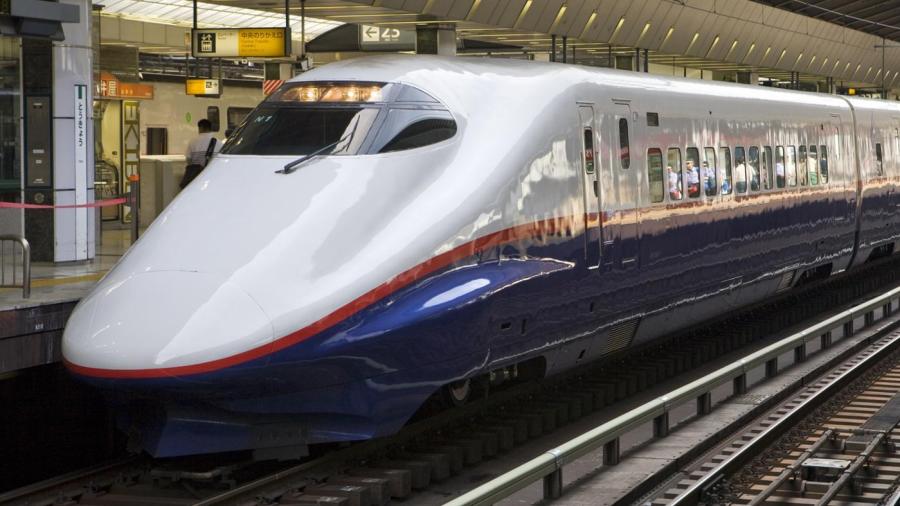How Do Bullet Trains Work?

Bullet trains, also called maglev trains, operate with magnetic levitation technology developed by Japanese and German engineers. Japanese engineers refer to their method as electrodynamic suspension while German engineers refer to their method as electromagnetic suspension. Either way, magnets raise the trains above the track, which means there is no need for wheels.
Essentially, electromagnetic suspension operates through magnetic attraction. Bullet trains are outfitted with electromagnets along their undercarriages. The track, meanwhile, is equipped with coils. An electrical current supplied to the electromagnets and monitored by computers constantly changes the polarity of the coils, which allows the magnetic fields system to push and pull the train along the track.
Electrodynamic suspension operates with repulsion magnets. Through this method, the magnetic levitation force keeps the train in a stable position by balancing its weight. This method works with electromagnetic coils on the track and super-cooled superconducting magnets on the train cars. When the trains approach the coils, a current is generated. This current allows the train to levitate roughly 1 inch above the track and center itself.
Bullet trains are capable of speeds of 300 miles per hour or more. Each train carries a battery power supply that operators can engage in the event of a power outage to prevent a sudden stop in levitation that results in a crash.
People with pacemakers are told to avoid riding on bullet trains as the magnetic fields have the potential to interfere with the medical devices.





